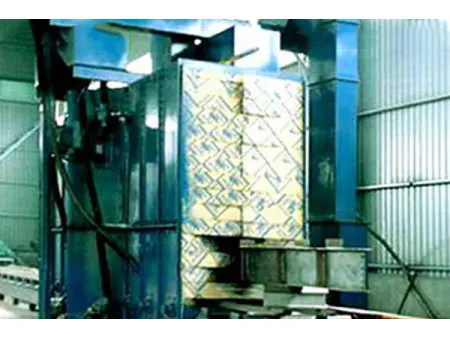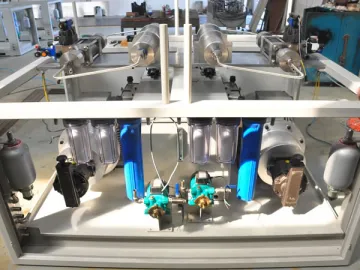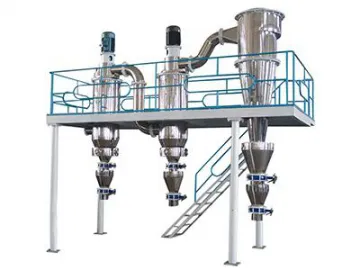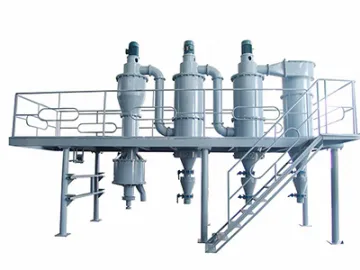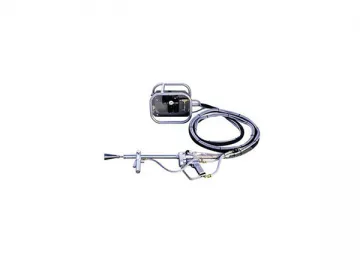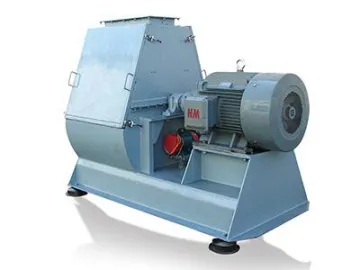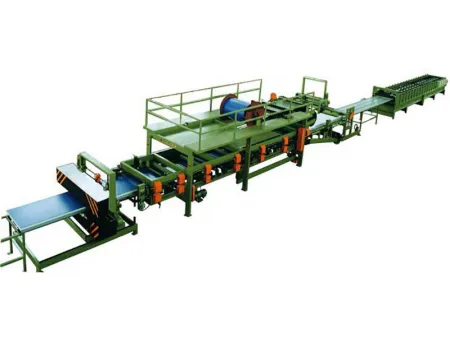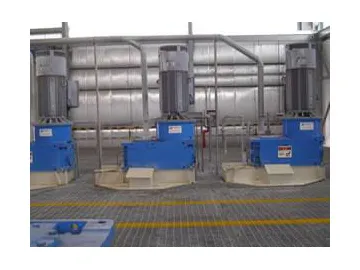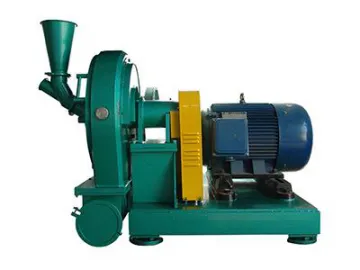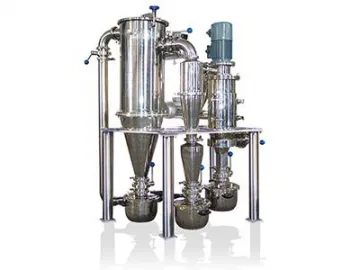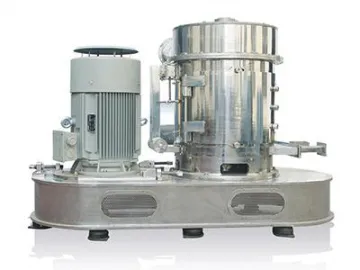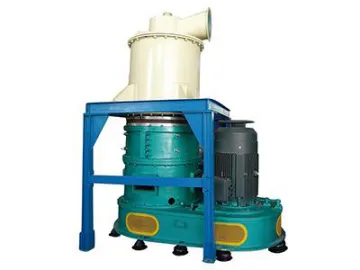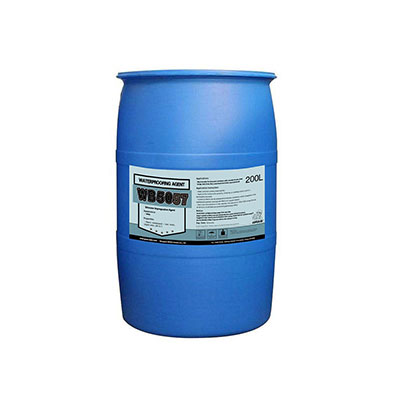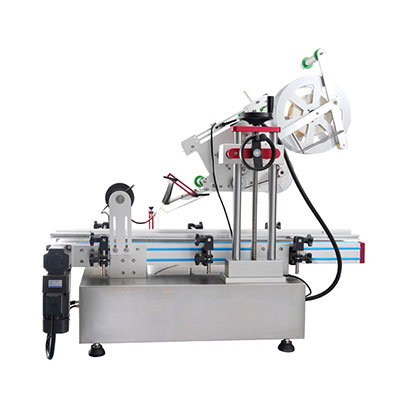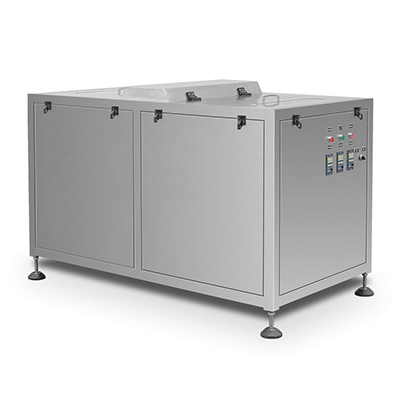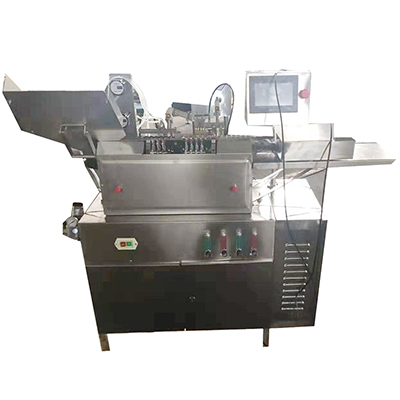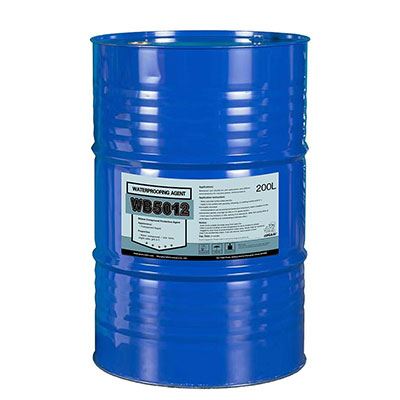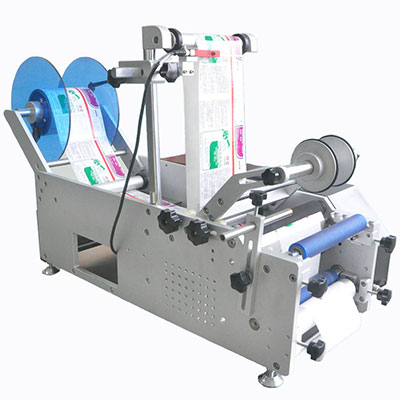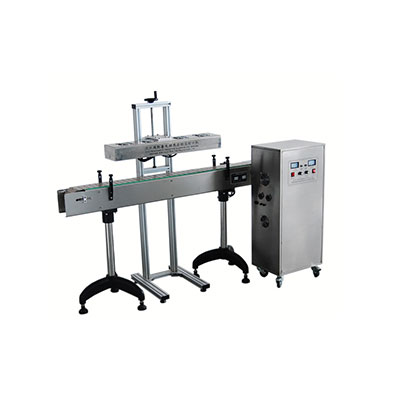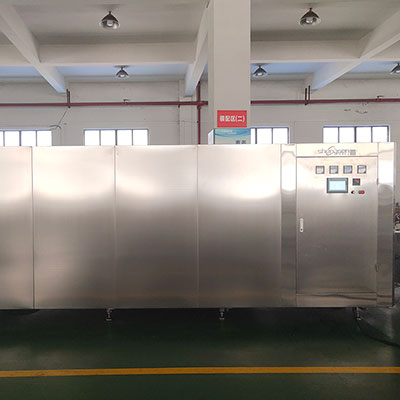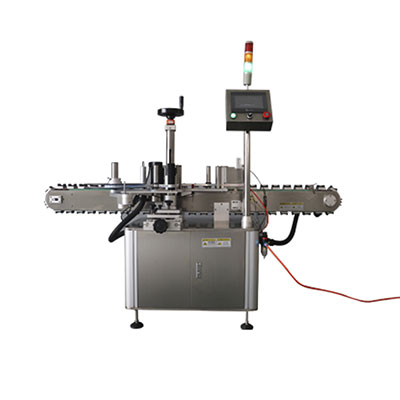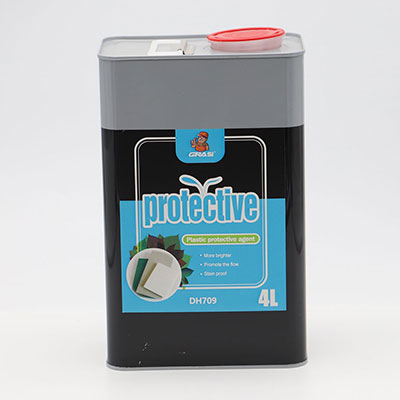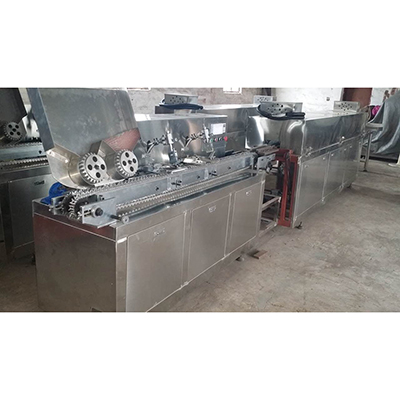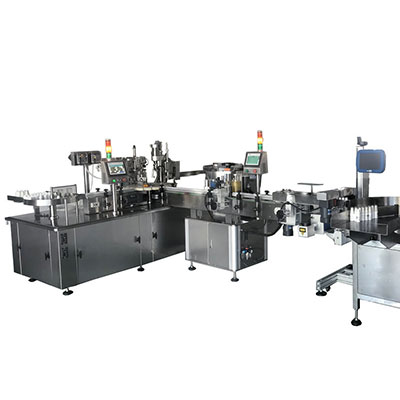LHL Lab Jet Mill
This jet mill can complete material grinding and classification at a stroke, and the desired particle size is adjustable. So, it is easy to use and can suit customers’ varied demands.
The grinding equipment also comes with powder-disaggregating and particle-shaping functions.
Easy-open structure makes the lab jet mill easy for maintenance and cleaning. The grinder conforms to GMP requirements.
PLC controlled or electromechanical controlled, the jet mill is easy for operation and offers reliable performance. How Does Lab Jet Mill Work?
Firstly, after cooling, filtering and drying, the compressed air will be injected into the milling chamber in supersonic speed via nozzles. In the milling chamber of the lab jet mill, the accelerated materials will converge at the meeting point where several jet streams met with each other. Thus, the materials will collide with each other and finally result in ultra-fine particles.
Next, due to upward airflow in the milling chamber, the pulverized materials are transferred to the impeller classification-section, in which the relatively coarse particles and fine particles are separated with each other with the help of centrifugal force of impellers and the draught force of blowers.
Then, the relatively coarse particles will naturally return to the milling chamber for gravity, and the qualified fine particles are connected by cyclone collectors built in our lab jet mill. Meanwhile, superfine particles will be connected by bag collectors and filtered air will be discharged via draft fans.
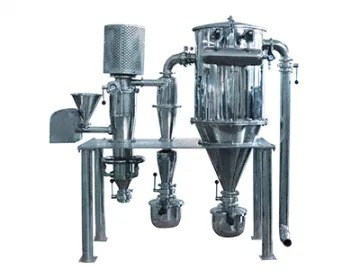
| Model | LHL-1 | |
| Feeding material size | ≤1mm | |
| Finished product fineness | 3~100um | |
| Air consumption | 1~1.5m3/min | |
| Air pressure | 0.8~1MPa | |
| Motor power | Classifier | 0.75KW |
| Draft fan | 2.2KW | |
| Feeding unit | 0.37KW | |
| Air compressor | 7.5~11KW | |
| Production capacity | 1~30kg/h | |
Links:https://globefindpro.com/products/37215.html
